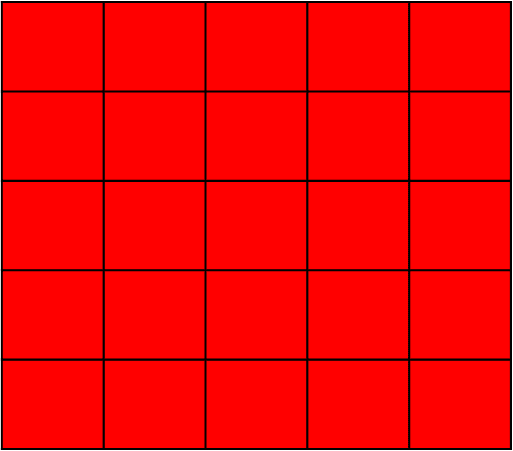ACTIVITY – TRIANGLES- Pythagoras Theorem
Objective:
To verify the Pythagoras theorem by using a squared paper and shading the squares.
Materials Required:
Squared papers, colour pencils, geometry box, etc.
Procedure:
On a squared paper, draw a right triangle ABC whose legs
(sides forming the right angle) are 3 cm and 4 cm,
i.e.,(AB = 3 cm and BC = 4 cm.
Measure the side AC of ∆ABC.
It is 5 cm.
Shade the triangular region ABC.
2. On another squared paper, draw three squares
having sides 3 cm, 4 cm and 5 cm.
Shade each square using different colours and cut them out.
Observations :
We find that 9 + 16 = 25 or area of the square on side AB + area of the square on side BC = area of the Square on side AC or AB2 + BC2 = AC2
Conclusion
From the above activity, we can that in a right triangle, the square on the hypotenuse is equal to the sum of the squares on other two sides.
Do Yourself:
on a squared paper, draw the following right triangles (a) AB = 8 cm, BC = 6 cm, ∠ B = 90 °
(b) PQ = 5 cm, QR = 12 cm, ∠ Q = 90 °
In each case, verify the Pythagoras theorem by shading the squares.





No comments:
Post a Comment